This project uses a VLF Radio receiver, a buddipole 8ft antenna and a the most remote environment you can find yourself in(away from 60Hz buzz) to generate beautiful abstract music created by nature herself. Some sounds you can listen for include the following:
The Dawn Chorus (at Dawn): With the proper radio equipment, the electromagnetic dawn chorus sounds like birds' singing in unison. The electromagnetic dawn chorus is believed to be generated by a Doppler-shifted cyclotron interaction between anisotropic distributions of energetic electrons and ambient background Very Low Frequency (VLF) noise.
Shumann Resonance: The Earth's natural resonance, a set of spectrum peaks in the extremely low frequency (ELF) portion of the Earth's electromagnetic field spectrum. Schumann resonances are generated by lightning discharges in the cavity formed by the Earth's surface and the ionosphere. This lowest-frequency of the Schumann resonance occurs at a frequency of 4.11 Hz. This resonance can be see when away from cities only, and some hippies think this is why Nature is so relaxing. Does our brain respond to this frequency?
Sferics: Lightning 0-100kHz broadband. Lightning signals reflected off the ionosphere from thousands of km away, when received and amplified sound like a dry crackling sound like the popping of a campfire.
Tweeks: are longer sounds, resulting when Sferics are ducted in the earth-ionosphere waveguide from distances as great as halfway around the earth (20,000 kilometers).
Whistlers: Dispersion through the atmosphere creates longer whistling sounds indicating that the signal has traveled out away from the earth and looped back following a magnetic field line. This is the link between natural radio and space physics. Studying whistlers improves our understanding of the magnetosphere.
26.9kHz TACAMO: back up communications system to the US nuclear submarine fleet in case an attack on land based transmitters disables comms. Short pings are transmitted every few seconds. We are already communicating in a decentralized way using VLF.
11.91kHz Radioteknicheskaya Systema Dalyoloiy Navigatsii (RSDN-20): Russian Hyperbolic Radio Navigation System. Presumed to be used for Russian submarines and aircraft. These transmissions are likely the lowest man made frequencies in the world.
 jean
jean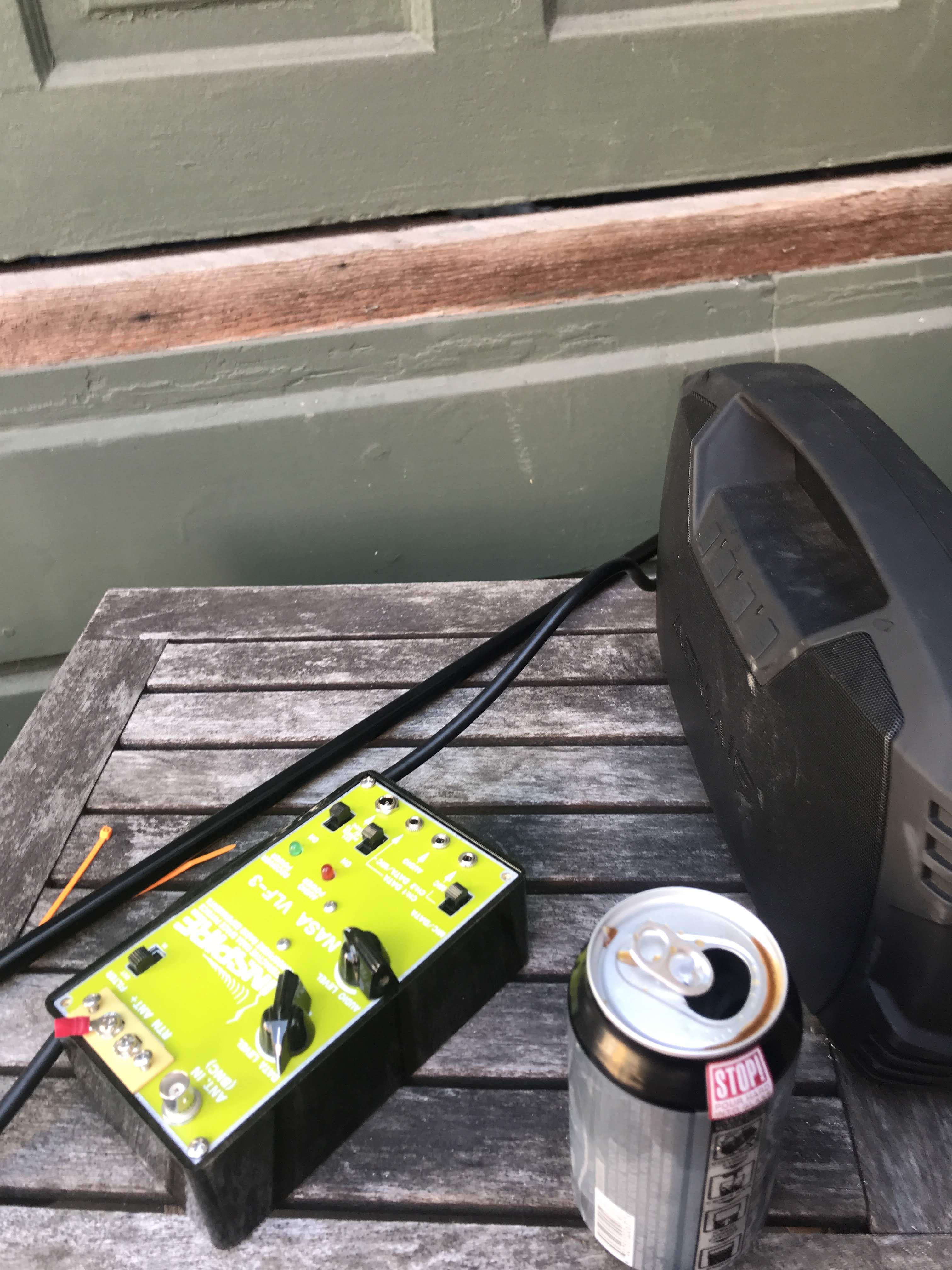

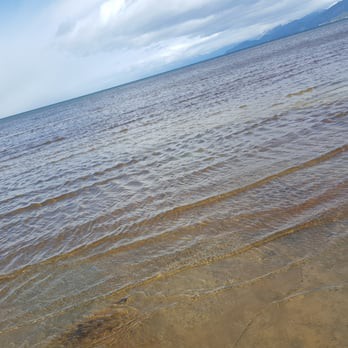
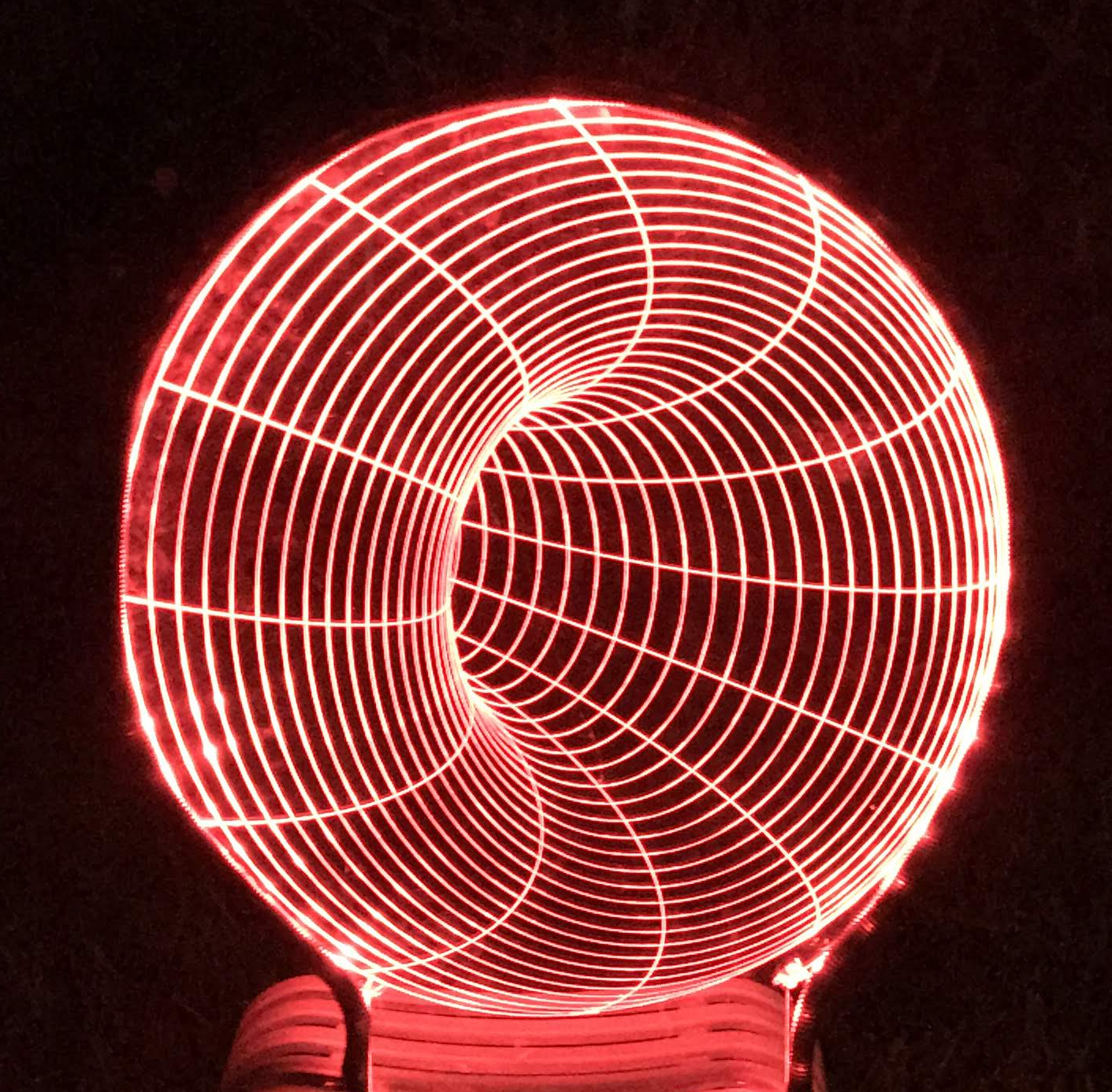


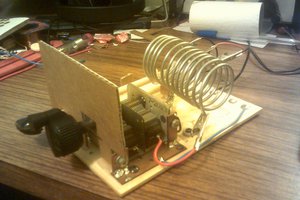
 Dr. Cockroach
Dr. Cockroach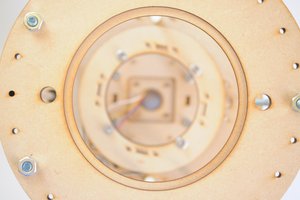
 peter jansen
peter jansen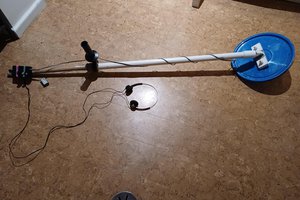
 zaphod
zaphod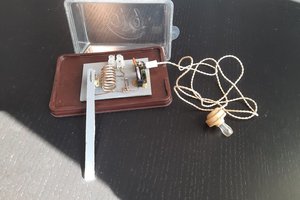
 Andrea Console
Andrea Console
Do you have any sound clips? I'd love to hear it! Also, don't forget to add 4 project logs so that your project is able to win the Prize!